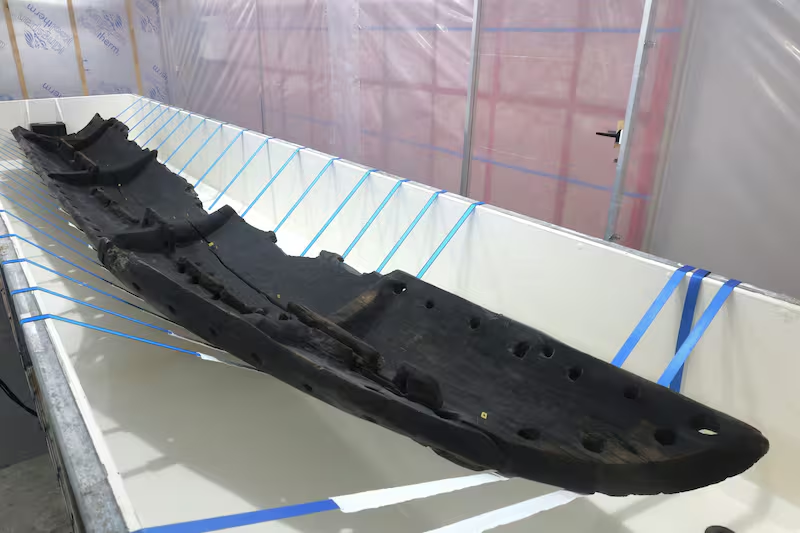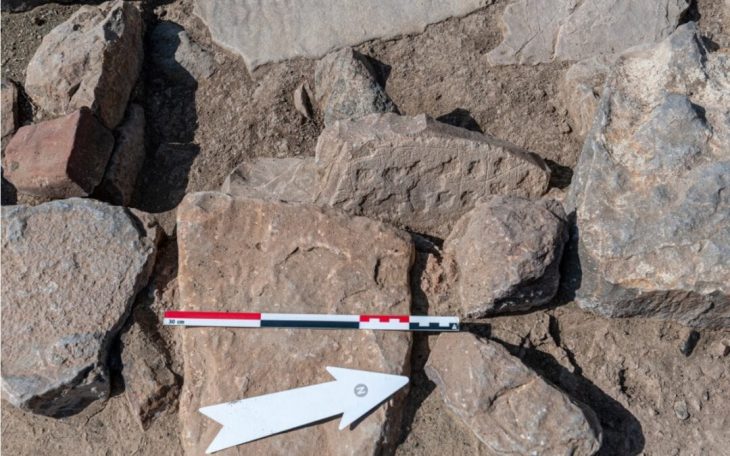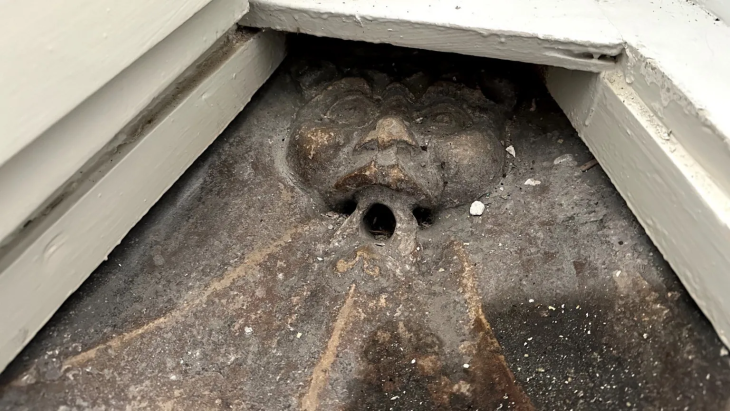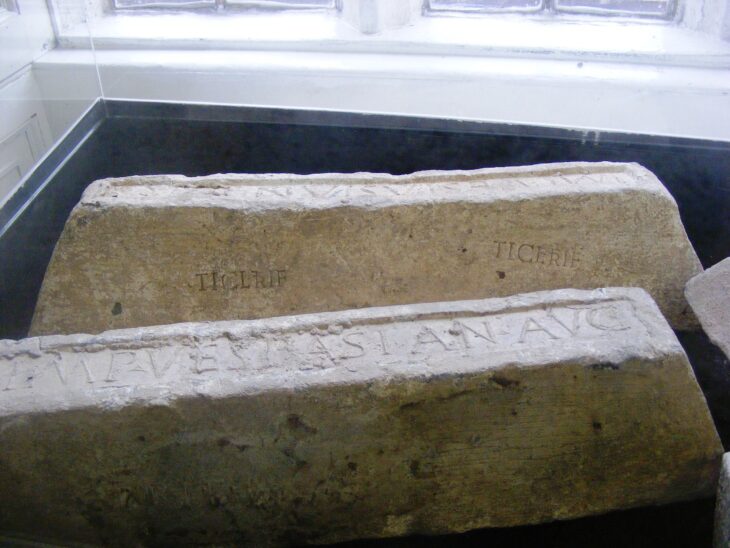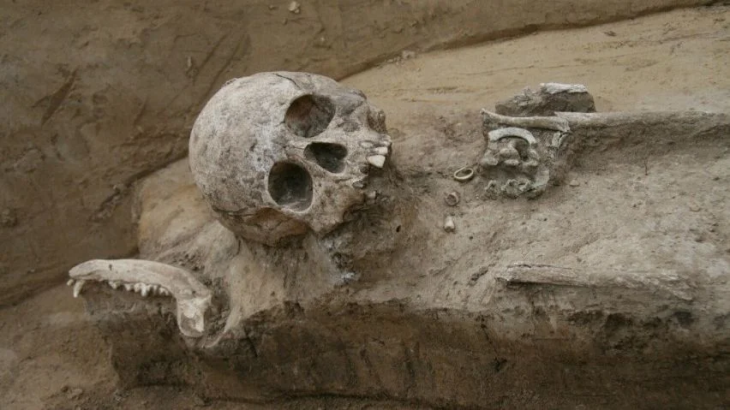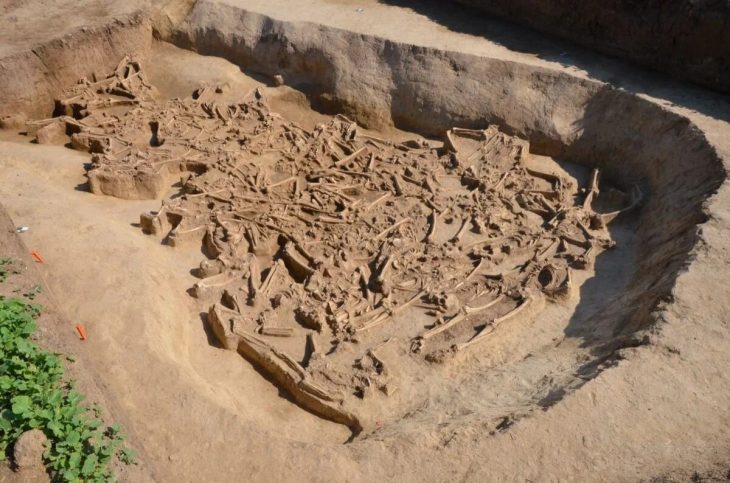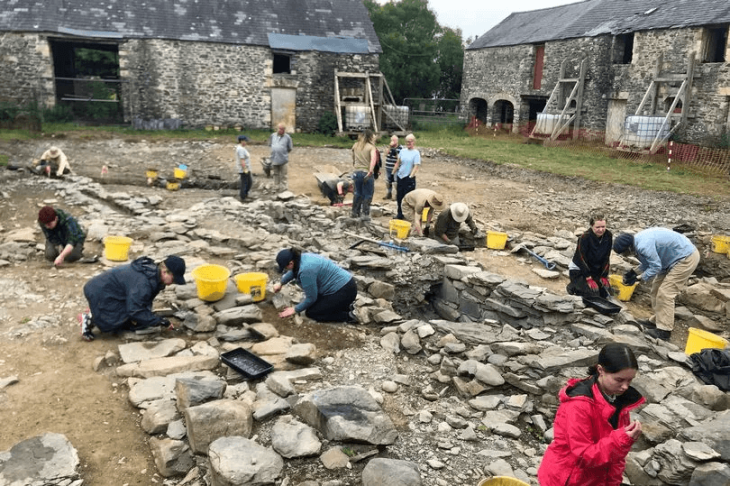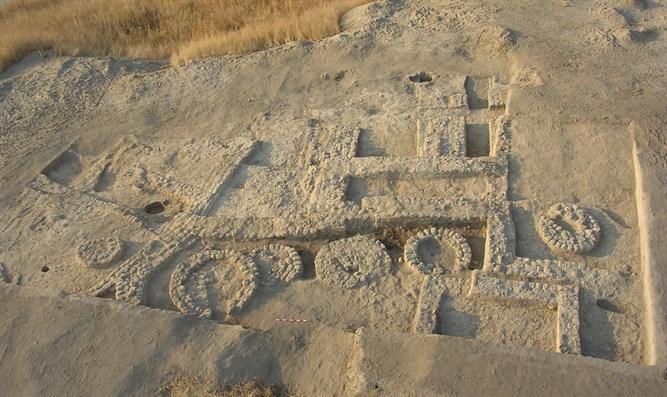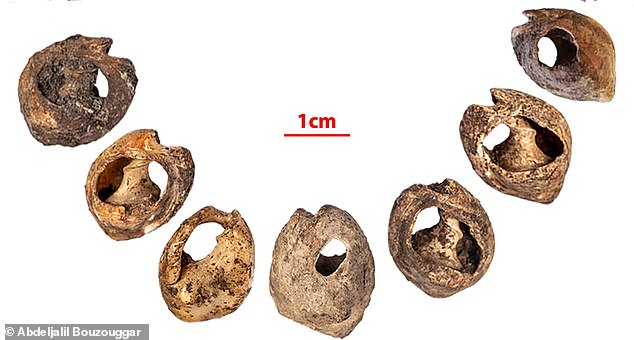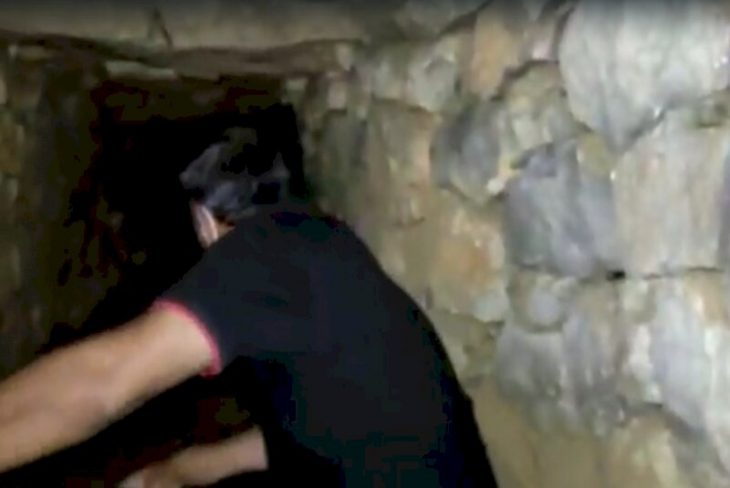Discovered in 2012, New Zealand’s most significant archaeological find may soon become the centerpiece of a purpose-built wharewaka in Golden Bay.
Plans are now underway to give a permanent home to the Anaweka waka, a 700-year-old Polynesian canoe fragment hailed as New Zealand’s most important archaeological discovery.
The six-metre section of a double-hulled, ocean-going waka was discovered in 2012 on Golden Bay’s remote west coast by a family on a picnic. Believed to date back to around AD 1400, the canoe is thought to have been built by early Polynesian navigators who settled Aotearoa.
Since its discovery, the Anaweka waka has undergone careful preservation in polyethylene glycol to prevent deterioration. Now, after more than a decade, the canoe is nearly ready to be displayed—and Tākaka has been chosen as its likely final destination.
Wharewaka to House the Waka in Golden Bay
Local iwi groups—Te Ātiawa, Ngāti Rārua, Ngāti Tama and Ngāti Kuia—have proposed building a wharewaka (canoe house) adjacent to the Golden Bay Museum, located at the corner of Commercial and Reilly Streets. The site, currently known as Pioneer Park, has already been zoned for museum use.
📣 Our WhatsApp channel is now LIVE! Stay up-to-date with the latest news and updates, just click here to follow us on WhatsApp and never miss a thing!!
The Tasman District Council approved the location in principle in July, with full community consultation expected before construction begins.
“We’re looking for something that the community can be really proud of and also in awe of,” said Butch Little, chair of the Ngāti Tama ki Te Waipounamu Trust. “It’s more than just a waka—it’s an opportunity to tell our stories, share our mātauranga [knowledge], and inspire generations.”
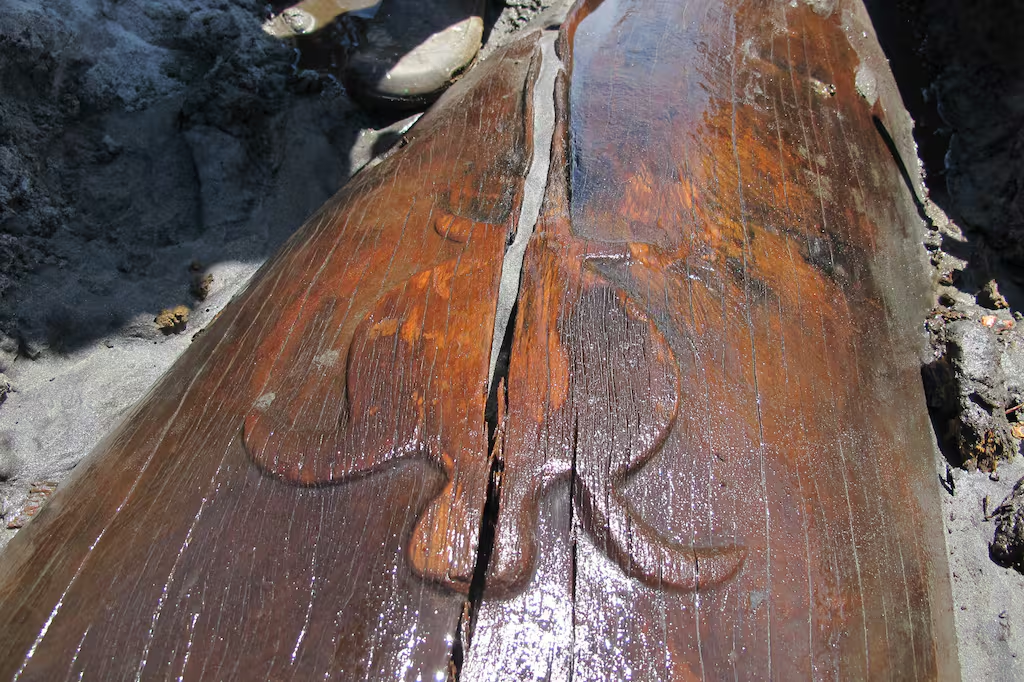
A Symbol of Polynesian Seafaring and Māori Heritage
The Anaweka waka is one of only two known ocean-voyaging Polynesian canoes to survive in modern times. The first was discovered in 1978 on the island of Huahine, in French Polynesia. A third possible canoe was recently unearthed in the Chatham Islands, further highlighting the importance of this ancient maritime tradition.
Archaeologists and iwi leaders believe the waka provides rare insight into early Māori seafaring, waka construction, and celestial navigation—skills that helped Polynesians settle the farthest reaches of the Pacific centuries before European exploration.
“It’s the country’s most significant archaeological find ever,” Little added. “People will travel to Golden Bay just to see it.”
A Boost for Regional Tourism and Cultural Preservation
The proposed wharewaka is expected to become a major cultural attraction, building on existing waka tourism in the Abel Tasman region. The facility will also allow for the exhibition of other Māori taonga (treasures) currently stored out of public view at the Golden Bay Museum.
Museum board chair Frank Susko described the project as a historic opportunity:
“It’ll be a huge boost for local history. Golden Bay was the site of the first contact between Māori and Europeans—now it will also be known as the home of the Anaweka waka.”
While the site has been approved in principle, further planning, design work, and fundraising efforts are still required. Iwi and local stakeholders say they are committed to creating a space that honours the mana (prestige) of the waka and the ancestral knowledge it represents.
Cover Image Credit: Max Frethey- Local Democracy Reporting

